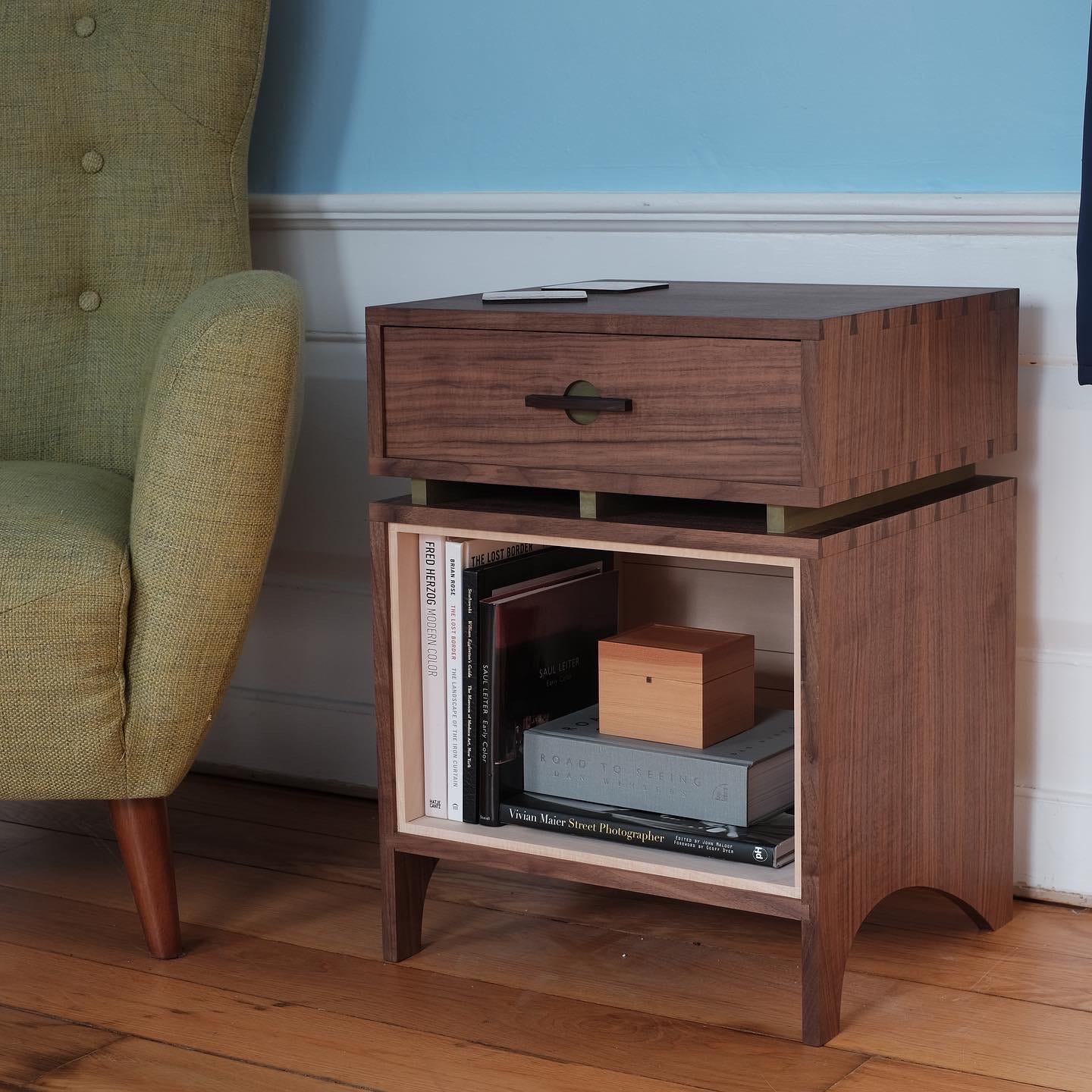Last week, I wrote about milk paint, explaining how I mix and apply it. Admittedly, milk paint is one of the distinguishing features of the boxes and furniture I make. However, it’s not the finish I use the most. That is shellac. With very few exceptions, everything I make is finished with shellac. I have been using the same shellac mixture and process for around 10 years. Neither the mix nor the process is complicated, and I’ll explain it in detail today, but before I do, I’ll explain why I use shellac, when it’s appropriate, and when not.
A User's Guide to Milk Paint
The first time I used milk paint was in March 2014, and I’ve used it a ton since then. In fact, nearly every box and piece of furniture I’ve made in the last 9+ years has been adorned in milk paint to some degree. Along the way, I have learned quite a bit about how to…
When I started making furniture, folks spoke of shellac as if it took deep, magical knowledge to use, the kind of knowledge that an old master would pass down only to a special few in secret. I’ve come to learn that is complete bullshit. Nothing in woodworking is a mystery. It is all technique and experience. And anyone who says otherwise is simply incapable or unwilling to distill what they know and share it with others. So, don’t be afraid of shellac.
Here’s why I use shellac. First, I can mix it however I wish to control how much color it imparts to the wood, how quickly it dries, and how thick a film finish it builds. It provides great protection without burying the wood in a plastic film. Also, I am able to make just a small amount at a time, so it doesn’t go bad sitting on the shelf. Shellac is easy to repair. Big repairs are done covering the surface with a towel that’s been soaked with denatured alcohol, and then reapply it on bare wood. Small repairs can be done by just wiping on some fresh shellac.
I use shellac on all of my boxes and wall cabinets. I use it on furniture, too, like the walnut side table pictured below. If you use fresh shellac flakes and mix it at the time you need it, it’s an extremely durable finish. Of course, you shouldn’t let spilled alcohol pool on it for hours, and I wouldn’t use it for a dining table top, or any other surface that sees intense, regular use.
Ok, let’s get to the specific mix I use most often and how I apply it.







